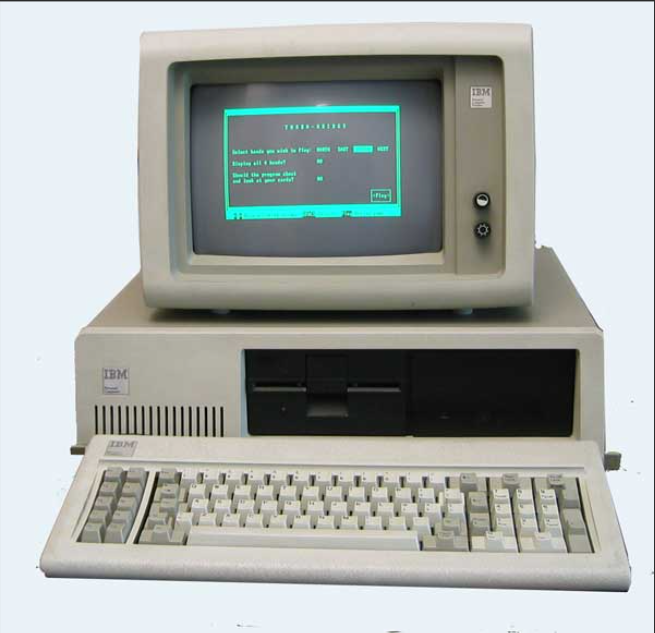IBM-PC的字节对齐
The IBM-PC, short for International Business Machines Personal Computer, was one of the earliest mass-produced personal computers. It was introduced by IBM in 1981 and quickly became a standard in the burgeoning personal computing industry. The IBM-PC was notable for its open architecture, which allowed third-party manufacturers to produce compatible hardware and software, leading to the establishment of the IBM PC-compatible market.
Key features of the original IBM-PC included:
- 8088 Processor: The original IBM-PC used the Intel 8088 microprocessor running at 4.77 MHz.
- Operating System: It initially shipped with PC DOS (later branded as MS-DOS), which was developed by Microsoft.
- Memory: Typically came with 16KB of RAM, expandable to 256KB or more.
- Storage: Used floppy disk drives for storage (5.25-inch floppies).
- Expansion Slots: It had several expansion slots for adding additional hardware components such as graphics cards, additional memory, or network adapters.
- Keyboard and Monitor: Came with a keyboard and supported connection to a monitor.
The IBM-PC's architecture became the standard for many subsequent computers, and the term "PC" is often used generically to refer to any personal computer compatible with IBM's original design. This standardization played a significant role in the widespread adoption of personal computers in businesses and homes throughout the 1980s and beyond.
The IBM-PC (International Business Machines Personal Computer) does not mandate byte alignment in its design. Byte alignment is an optimization technique used to ensure that member variables in a data structure are correctly aligned in memory according to the size of their type to improve access speed and efficiency.
In the IBM-PC architecture, although there are no mandatory hardware requirements or automatic byte alignment at the operating system level, the impact of data alignment is usually taken into account when programming to avoid situations that may cause performance problems or errors. Especially when programming in low-level languages such as C, programmers usually manually layout data structures to ensure optimal memory usage and access efficiency.
In short, although the IBM-PC itself does not mandate byte alignment, in programming and software development, appropriate data alignment strategies still need to be paid attention to and implemented to ensure system performance and stability.


